The “FF” Flash Falcon design is based in a deep study of today’s and upcoming technologies and future theoretical advances, of Supersonic flights.
This airplane’s designed by Oscar Viñals, is the last one of a trilogy (Sky Whale, Progress Eagle & Flash Falcon) about how the future airliners could be. This airplane would belong to an hypothetical generation that would be equipped with a technology based on Fusion’s Energy, which today can only be found under development, but in the next fifteen years it could become a feasible reality, capable to generate great amounts of Electric Energy (Green Energy).
Images credit Oscar Viñals
“I believe that in a very near future Supersonic flights will return, but with the most significant technology and advances of the 21th century. This is my personal view about how those airplanes will be…”
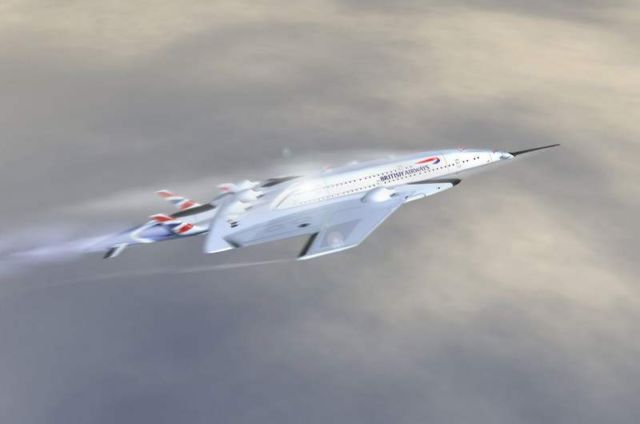
That’s the principal power Energy of this airplane concept and is thought to become real around 2030’s.
“Logic will get you from A to Z; imagination will get you everywhere.”
Albert Einstein
In highlights it would be as follows…
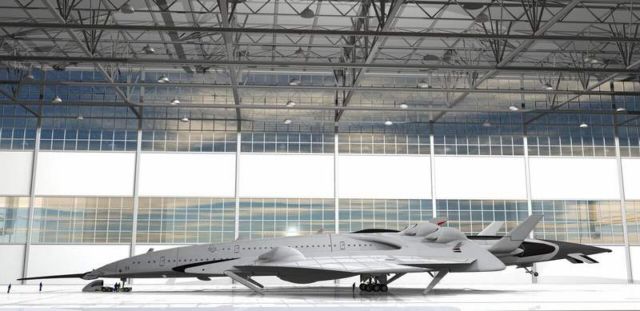
The “FF” Flash Falcon, would be a Supersonic Airplane with a powerful thrust capable to reach Mach3 speed and at the same time to be Eco friendly, equipped by Engine’s technology with no emissions of contaminant elements. With the capacity to transport 250 passengers in a very comfortable condition, thanks to the disposal of two decks in order to accommodate those with more “personal space” than the current airplanes.
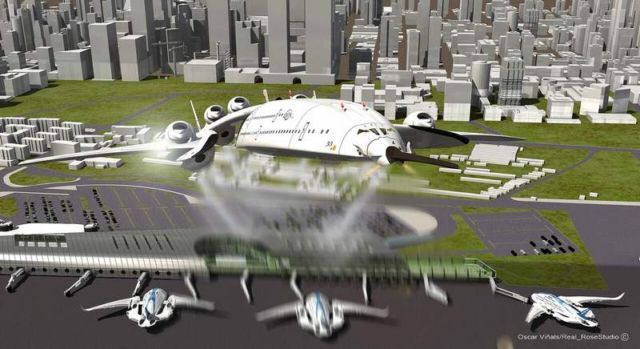
Special Electric-Combustion engines (EC – 6 units) would combine an Electric Superconductive Fan with a special Combustion chamber in order to obtain a powerful thrust.
The EC could redirect its exhaust gases to front, down & rear side and at the same time could swing to front-rear & right-left 10 to 20 degrees in order to stabilize the plane in the manoeuvres of take-off & landing.
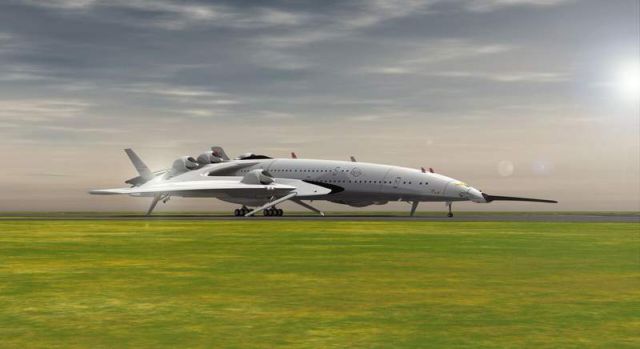
A Supersonic Engine (Star Jet Engine-SJE-) based on a Portable Fusion Reactor that could “push” the “FF” up to Mach 3 (3.672 km/h) thanks to a thrust-like rocket engine, at approx. 18.000 m (60,000 ft.), it could fly from Paris to New York in approx. 2h 15min. The SJE engine would be capable of running for a year with only a little amount of “fuel’s fusion”. The engine is located in the rear part of the airplane inside an “indestructible” section, built with the most resistant & lightweight materials of this 21th century, capable to keep the passengers safe (non-electromagnetic & heat exposure) with a “big magnetic bottle”. All with zero contaminant emissions.
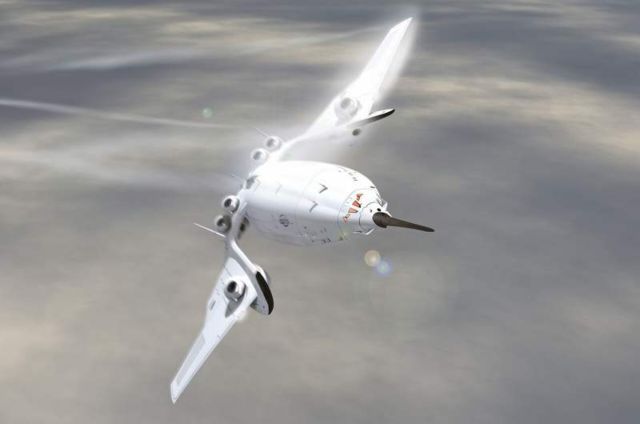
The “FF” would have two decks with a Business class (2nd floor) and a Super-tourist class (1rt floor) in order to transport 250 passengers in a very comfortable “personal space”.
Others remarkable aspects of the “FF” would be,
1. The possibility to Take-off & Landing vertically like a Harrier jump jet,
2. It could have Smart Wings with the capacity to change their angle of inclination in relation to the central fuselage to obtain a better aerodynamics performance,
3. The cockpit could be equipped by Smart & Holographic windows in order to assist to the pilots with all necessary data, because the Airplane’ shape oblige to these to have a pronounced inclination and the direct views are limited,
4. Special Wing-Shocks that support the weight of the wing & engines when the airplane is landed,
5. Rear Vectoring Nozzles (Supersonic Engine) that replace the lacking of vertical stabilizer & rudder which both control the yaw. The thrust is redirected by a double nozzle composed by an external & internal blade,
6. Equipped with a system capable to reduce significantly “in theory” (based in my personal study & research about this “physical effect”), the “Sonic boom”. Thanks to special plane’ shapes, the “SBES” system (Sonic Boom Eraser System) and construction materials.
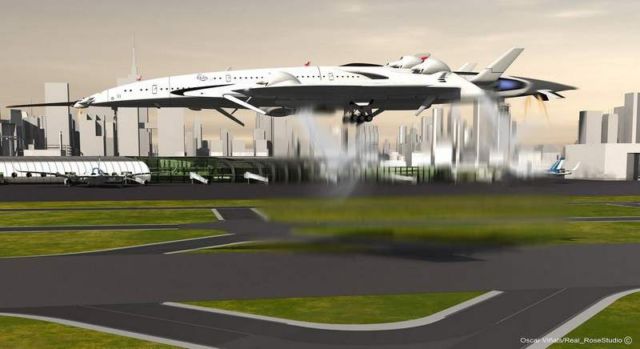
Built with the most advanced future materials like nanostructures of graphene -for example- as a part of the Electric energy storage system, located under the plane besides the cargo bay, all around the plane. Other materials like carbon nanotube & carbon fibers, meta-materials in hexagonal pattern on the surface to “change” wing’s configuration, ceramic & composite materials, aluminum alloys, titanium, self-healing skin with meta-materials, shape-memory alloy (SMA materials), optic fiber cabling & Li-Fi (Light Fidelity), it could use this technology for the passengers’ media devices and for some airplane’s devices (pressure sensors, for example).
With innovative shapes and sizes (tested with CFD software in order to know its feasibility).
source Oscar Viñals

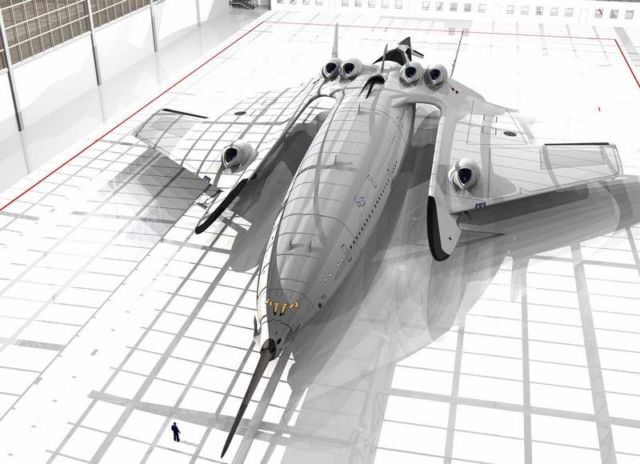
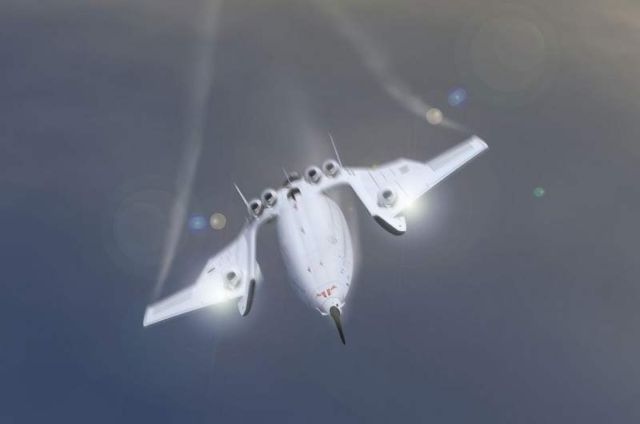
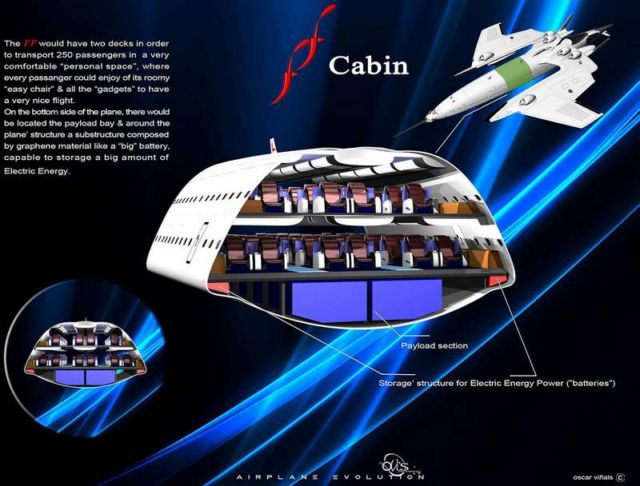
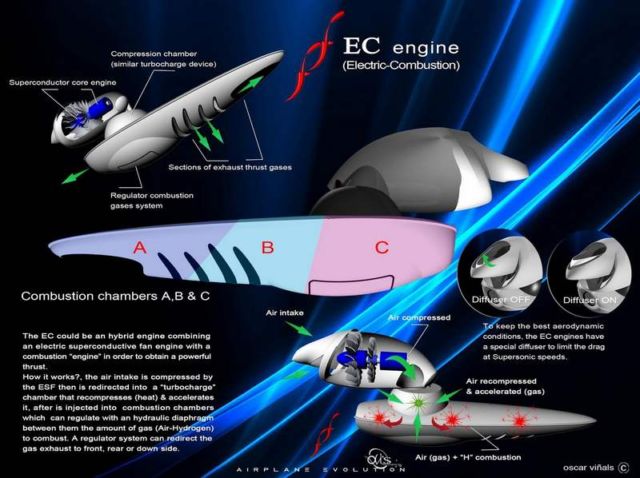
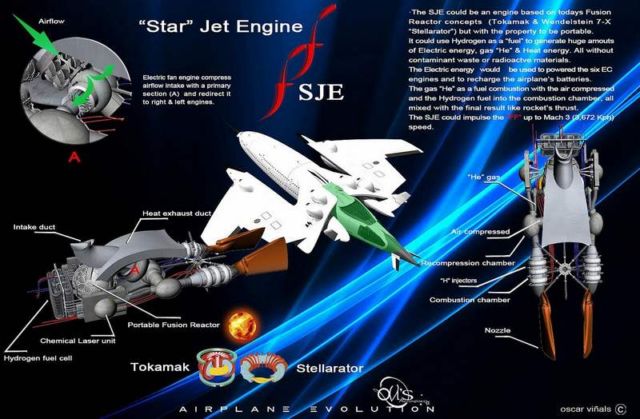
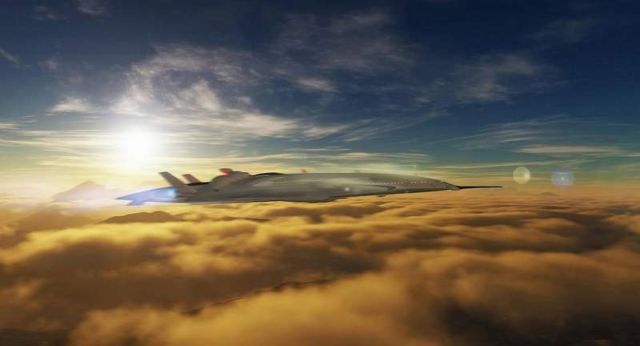
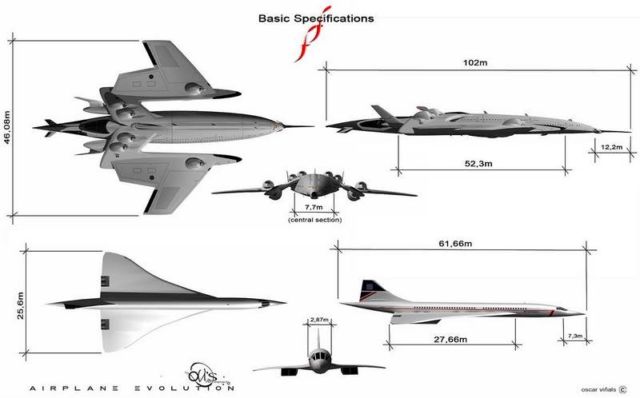
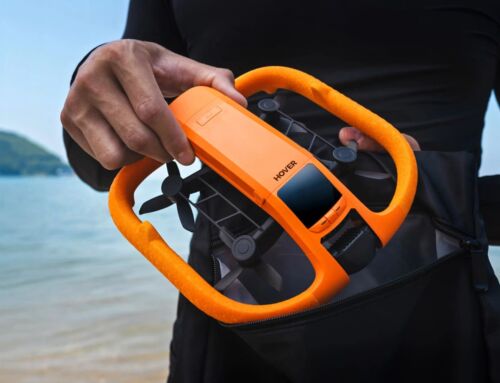
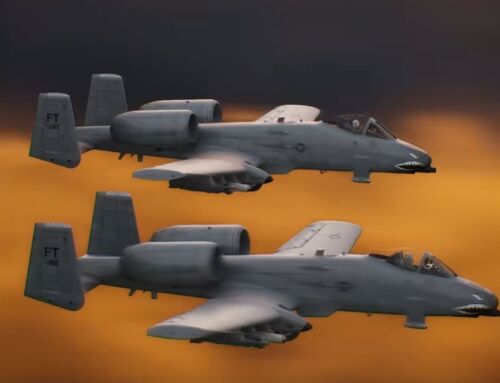
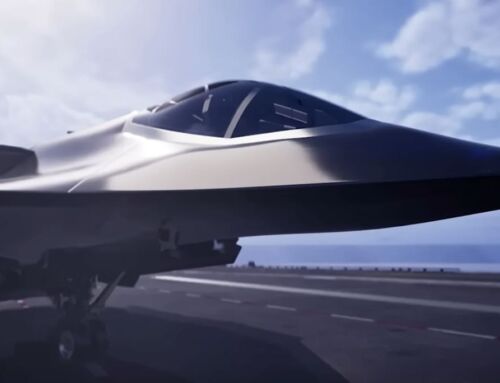
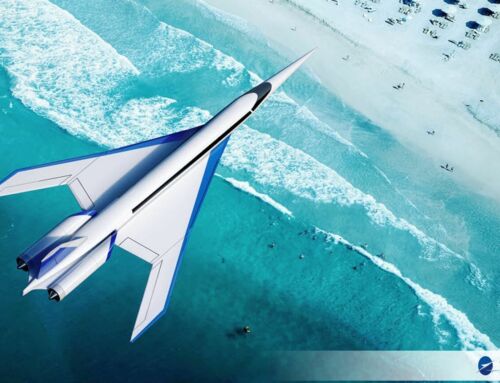
Leave A Comment